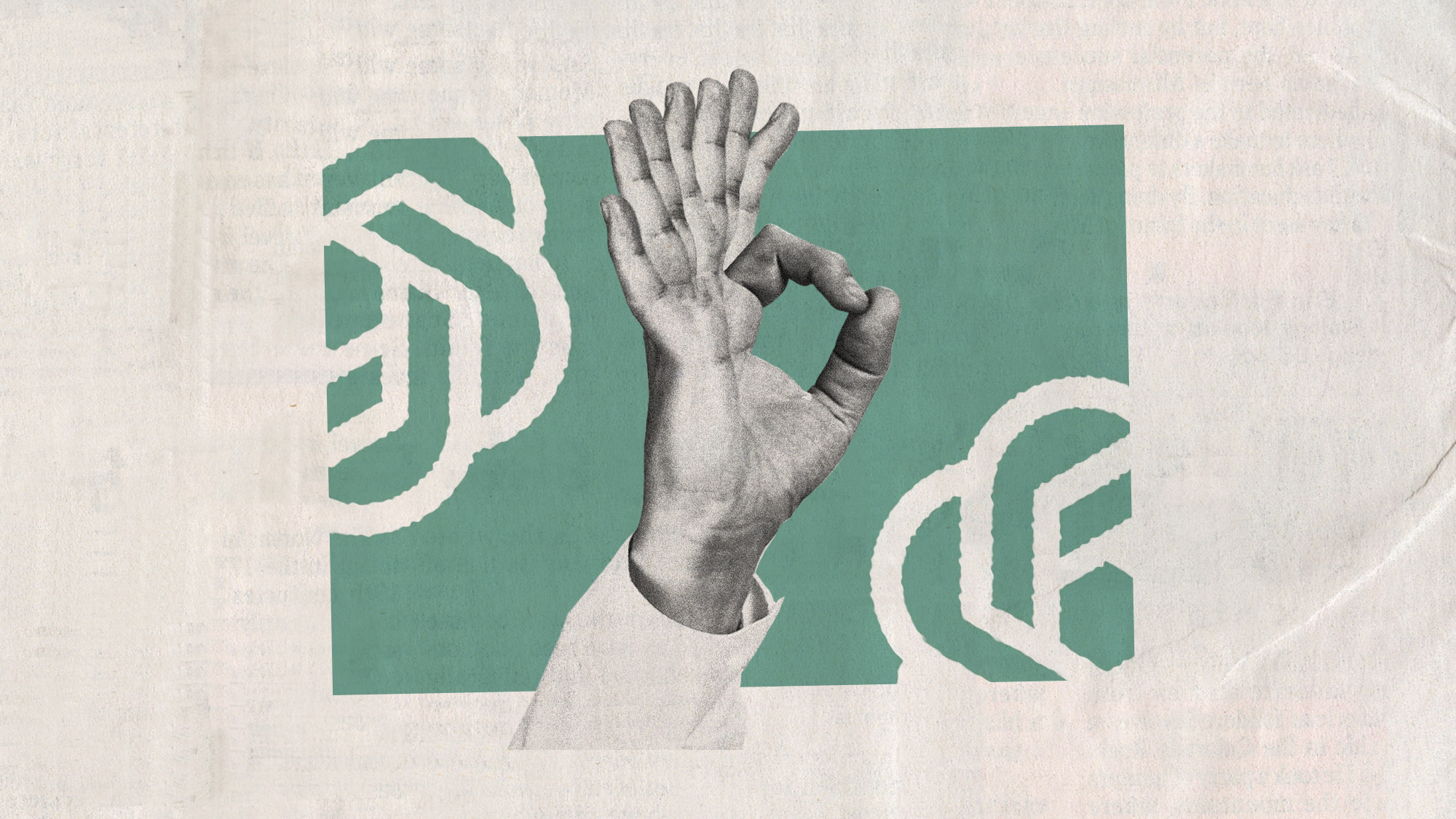Exhibit of the week: Yoga: The Art of Transformation
The discipline associated today with “blissed-out hipsters” once expressed more violent urges.
Arthur M. Sackler Gallery, Washington, D.C.
Through Jan. 26
“So much for the link between yoga and pacifism,” said Michael O’Sullivan in The Washington Post. The first lesson to take from this eye-opening collection of yoga-related artifacts is that the discipline associated today with “blissed-out hipsters” and their expensive mats once expressed more violent urges. Right up front stands a “stunning” 13th-century sculpture of a Hindu god whose staff is topped by a skull with a snake slithering through its eye sockets. And the skulls and corpses in various paintings and sculptures pile up from there, signaling the early yogis’ interest in confronting death. It makes sense that their effort to transcend the physical world through meditation would address life’s transience, yet the early artifacts’ “horror-movie style” still can be startling.
The Week
Escape your echo chamber. Get the facts behind the news, plus analysis from multiple perspectives.

Sign up for The Week's Free Newsletters
From our morning news briefing to a weekly Good News Newsletter, get the best of The Week delivered directly to your inbox.
From our morning news briefing to a weekly Good News Newsletter, get the best of The Week delivered directly to your inbox.
It should be, said Holland Cotter in The New York Times. What’s great about this show, besides its beautiful imagery, is that it reminds us of yoga’s radical roots. Meditation and breath control were part of the program way back in the 5th century B.C., but just as central was the demand that followers leave home, shun society, and subject themselves to all manner of mortifications in order to move beyond pleasure and pain. Embracing yoga wasn’t about chilling out: “You had to camp out on cremation grounds, picking at bones, drinking blood, eating flesh.” Here, figures with fangs understandably show up again and again, even as the imagery acquires a more placid air over time. The various rulers of India had varied views about yogis, and the art changed with the tide. Because the Mughal emperors of the 16th through 18th centuries tended to be open-minded spiritual seekers, yogic art of the time included illustrated tales that were “pure escapist fantasy,” with “handsome yogi princes” in leading romantic roles. Nineteenth-century British rulers, by contrast, “lived in fear of yogic militancy,” and so the photography of the period generally depicts yogis as “disheveled, half-clothed, ash-smeared freaks.”
That didn’t stop yoga from spreading westward, said Lee Lawrence in The Wall Street Journal. Late in the same century, Americans began embracing a form of yoga that had been “stripped of magic and mysticism.” You’ll recognize its outlines in the image that closes the exhibition, a 1938 film in which Tirumalai Krishnamacharya, “the father of modern yoga,” is shown “moving in and out of postures with the athleticism and control of a gymnast.” The 20 million Americans who practice yoga today might worry that this show, which moves to San Francisco’s Asian Art Museum next month, reveals them as mere poseurs. But is true yoga a fitness regimen or an expression of spiritual fervor? “The exhibition suggests there is no single answer.”
A free daily email with the biggest news stories of the day – and the best features from TheWeek.com
-
 Biggest political break-ups and make-ups of 2025
Biggest political break-ups and make-ups of 2025The Explainer From Trump and Musk to the UK and the EU, Christmas wouldn’t be Christmas without a round-up of the year’s relationship drama
-
 Why 2025 was a pivotal year for AI
Why 2025 was a pivotal year for AITalking Point The ‘hype’ and ‘hopes’ around artificial intelligence are ‘like nothing the world has seen before’
-
 The best drama TV series of 2025
The best drama TV series of 2025the week recommends From the horrors of death to the hive-mind apocalypse, TV is far from out of great ideas